Home>Renovation & DIY>Home Renovation Guides>What If I Don’t Have Receipts For Home Improvements


Home Renovation Guides
What If I Don’t Have Receipts For Home Improvements
Modified: January 4, 2024
Discover how to handle home improvement projects without receipts with our comprehensive home renovation guide. Learn how to navigate the process and protect your investment.
(Many of the links in this article redirect to a specific reviewed product. Your purchase of these products through affiliate links helps to generate commission for Storables.com, at no extra cost. Learn more)
Introduction
Embarking on home improvement projects is an exciting journey that can transform your living space into a personalized sanctuary. Whether it’s a kitchen renovation, bathroom upgrade, or a complete home extension, these improvements not only enhance the aesthetics of your home but also increase its value. However, what happens if you can’t find the receipts for these valuable investments? The absence of receipts for home improvements can pose a significant challenge when it comes to proving the work that has been done. In this guide, we’ll explore the importance of keeping receipts for home improvements, discuss alternative options for providing proof of these improvements, and outline the steps to take when you find yourself without receipts for your home improvement projects.
Key Takeaways:
- Keep receipts for home improvements to prove expenses, warranties, and resale value. If you don’t have receipts, gather alternative evidence like bank statements and contracts to support your claim.
- When you lack receipts for home improvements, take proactive steps like consulting professionals, obtaining written statements, and documenting your efforts. Learn from the experience and establish better record-keeping practices for the future.
Read more: Which Receipts To Keep For Home Improvements
Importance of Keeping Receipts for Home Improvements
Keeping receipts for home improvements is not just a matter of staying organized; it is a crucial step in protecting your investment and ensuring that you can prove the value of the work done. Here are some key reasons why keeping receipts for home improvements is essential:
- Proof of Expenses: Receipts serve as tangible evidence of the money spent on home improvements. In the event of an insurance claim or property valuation, having receipts can help justify the expenses incurred.
- Warranty and Guarantees: Many home improvement products and services come with warranties or guarantees. Keeping receipts is vital for proving the purchase and ensuring that you can avail of these benefits if needed.
- Resale Value: When selling your home, potential buyers often seek evidence of the improvements made. Receipts provide transparency and reassurance regarding the quality and value of the work done.
- Tax Purposes: Certain home improvements may be eligible for tax deductions or credits. Without receipts, it can be challenging to substantiate these expenses when filing taxes.
- Documentation for Future Upgrades: Receipts can act as a record of the specific materials and services used in previous home improvements, aiding in future upgrades or repairs.
By maintaining receipts for home improvements, homeowners can protect their investments, facilitate future transactions, and ensure compliance with legal and financial requirements.
Options for Providing Proof of Home Improvements Without Receipts
While receipts are the most straightforward form of proof for home improvements, there are alternative options to substantiate the work done, especially when receipts are unavailable. Consider the following methods for providing proof of home improvements without relying solely on receipts:
- Bank or Credit Card Statements: Review your bank or credit card statements to identify transactions related to home improvement expenses. While not as detailed as receipts, these statements can serve as secondary evidence of the funds spent on specific dates.
- Contracts and Agreements: If the home improvements were carried out by a professional contractor or service provider, the signed contract or agreement can serve as proof of the work done, the associated costs, and the scope of the project.
- Photographic Evidence: Photos or videos taken before, during, and after the home improvement project can provide visual documentation of the work completed. These images can demonstrate the extent of the improvements and the quality of the materials used.
- Witness Testimony: If friends, family members, or neighbors can attest to the home improvements taking place, their statements can serve as supplementary evidence, especially in cases where formal documentation is lacking.
- Home Appraisals: Obtaining a professional home appraisal or inspection report can help validate the value of the improvements made, providing an independent assessment of the property’s enhanced worth.
- Manufacturer or Product Information: If specific products or materials were used in the home improvements, referencing manufacturer information, product warranties, or installation guides can offer additional validation of the work completed.
While these alternatives may not fully replace the need for receipts, they can support your claim of home improvements when official documentation is unavailable. It’s advisable to gather as much evidence as possible to strengthen your case and substantiate the value of the work undertaken.
Keep detailed records of all home improvement expenses, including receipts, invoices, and contracts. If you don’t have receipts, try to gather other forms of proof such as credit card statements or bank records to support your expenses.
Steps to Take When You Don’t Have Receipts for Home Improvements
When faced with the absence of receipts for home improvements, it’s essential to take proactive steps to address this challenge and establish the validity of the work done. Consider the following measures to navigate this situation effectively:
- Compile Alternative Documentation: Gather any available evidence to support your claim of home improvements, such as bank statements, contracts, photographs, or witness statements. Creating a comprehensive file of alternative documentation can bolster your case.
- Consult with Contractors or Service Providers: Reach out to the professionals who conducted the home improvements. They may have records, invoices, or other forms of documentation that can serve as proof of the work completed, offering valuable support in the absence of receipts.
- Obtain Written Statements: Request written statements from contractors, suppliers, or individuals who can attest to the home improvements. These statements should detail the nature of the work, the materials used, and the associated costs, providing additional verification.
- Seek Legal or Financial Advice: If the absence of receipts poses significant challenges, consider seeking guidance from legal or financial professionals. They can offer insights into the best course of action and provide strategies for substantiating the home improvements without traditional receipts.
- Document Your Efforts: Keep a record of the steps you take to address the absence of receipts. This documentation can demonstrate your proactive approach in substantiating the home improvements and may be valuable if the issue requires further resolution.
- Consider Future Record-Keeping: Learn from the experience and establish robust record-keeping practices for future home improvements. Implement systems to organize and retain receipts, contracts, and related documentation to mitigate similar challenges in the future.
By taking these proactive measures, homeowners can navigate the absence of receipts for home improvements with diligence and strategic action. While it may require additional effort, the goal is to establish credible evidence of the work done and protect the value of the home improvements.
Conclusion
Managing the proof of home improvements without receipts can present a unique set of challenges, but with proactive measures and alternative documentation, homeowners can still substantiate the value of the work completed. While receipts remain the most straightforward form of evidence, options such as bank statements, contracts, photographs, and witness testimony can provide valuable support in the absence of traditional receipts.
It is crucial for homeowners to recognize the importance of keeping receipts for home improvements and to establish robust record-keeping practices for future projects. By maintaining organized documentation, homeowners can protect their investments, facilitate future transactions, and ensure compliance with legal and financial requirements.
When faced with the absence of receipts, taking proactive steps, consulting with professionals, and documenting efforts can help mitigate the challenges and establish the validity of the home improvements. By demonstrating diligence and thoroughness in addressing this issue, homeowners can navigate the situation effectively and protect the value of their home improvements.
Ultimately, the absence of receipts for home improvements should serve as a reminder to implement comprehensive record-keeping practices and to explore alternative methods of documentation to safeguard the value of these valuable investments.
Frequently Asked Questions about What If I Don't Have Receipts For Home Improvements
Was this page helpful?
At Storables.com, we guarantee accurate and reliable information. Our content, validated by Expert Board Contributors, is crafted following stringent Editorial Policies. We're committed to providing you with well-researched, expert-backed insights for all your informational needs.
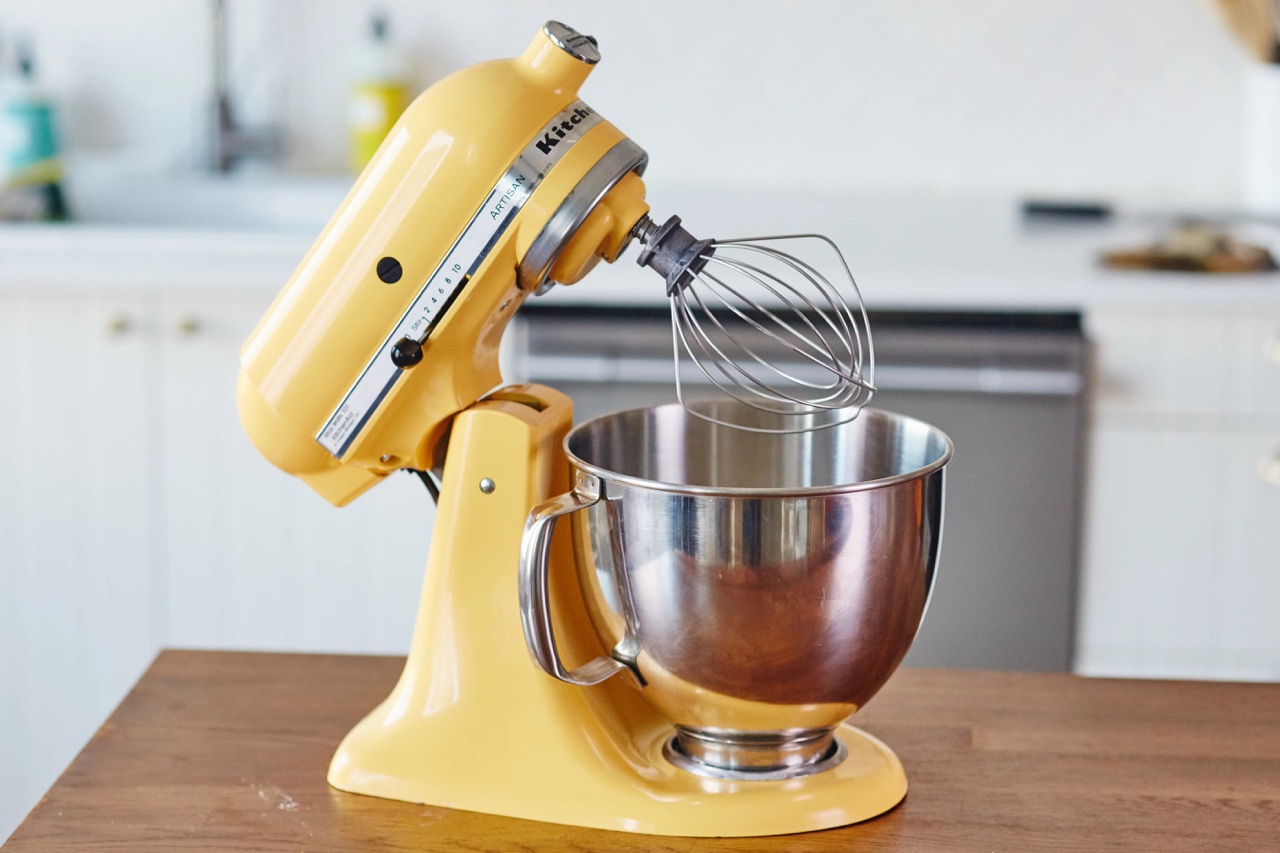
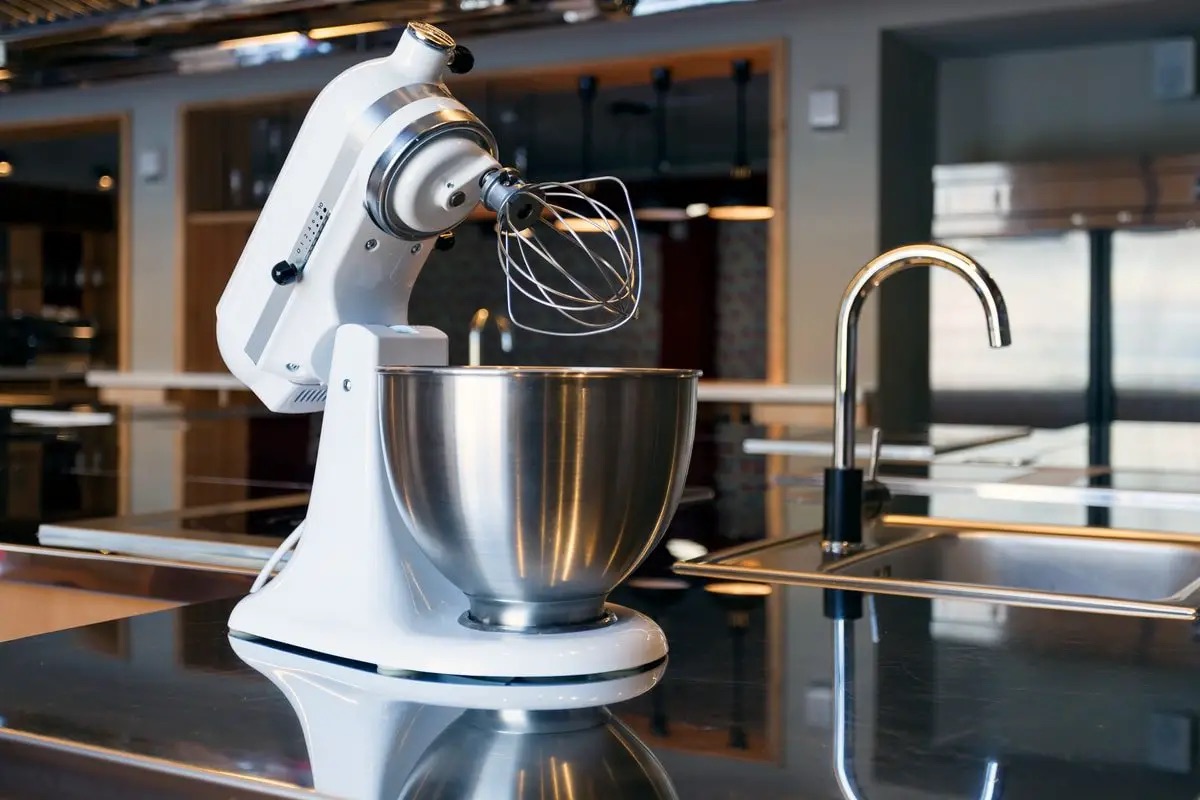
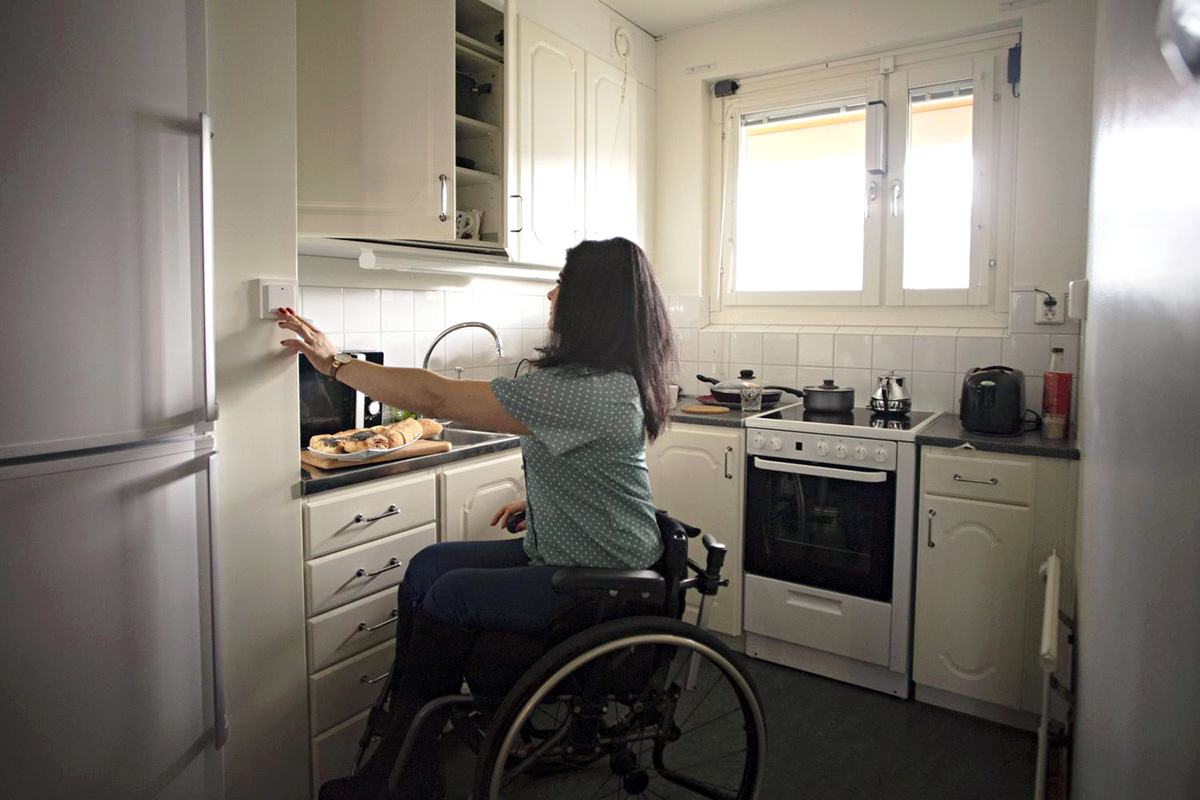
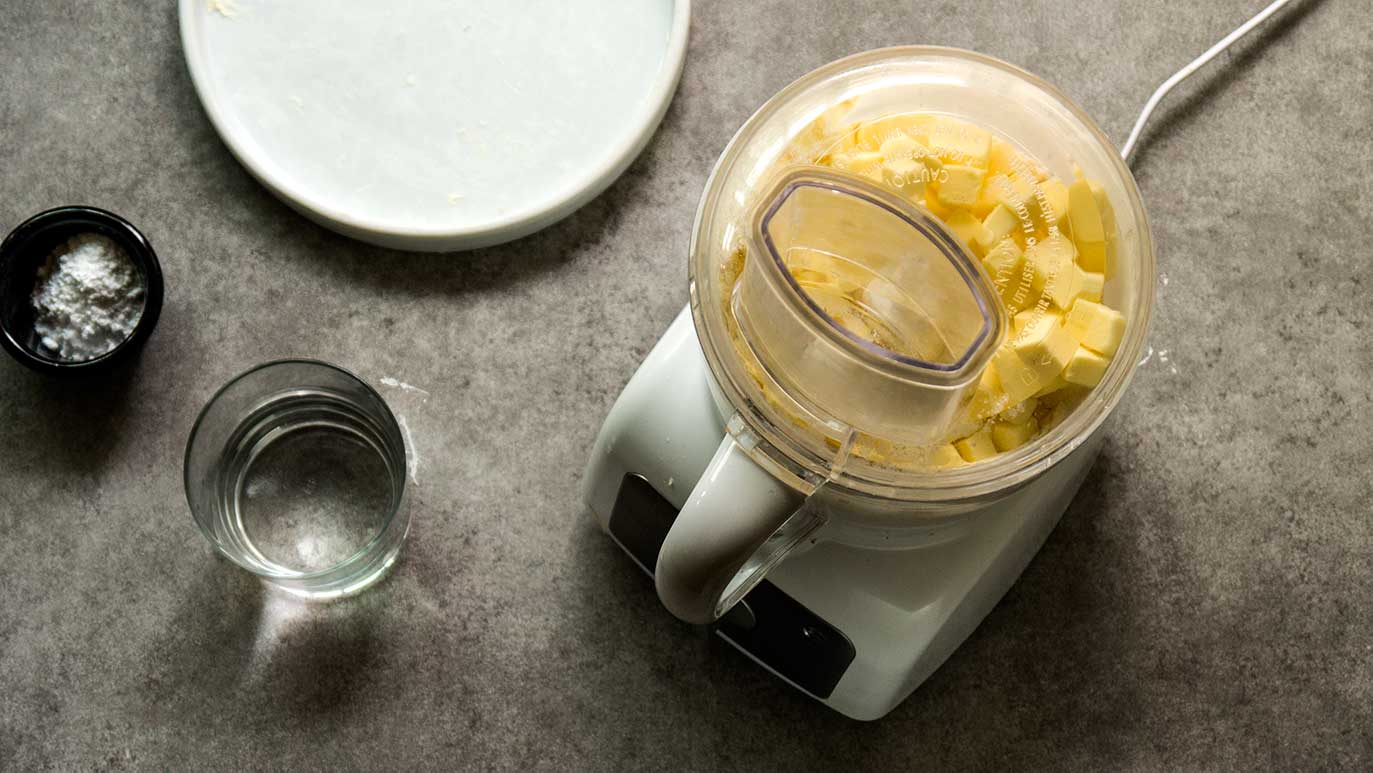
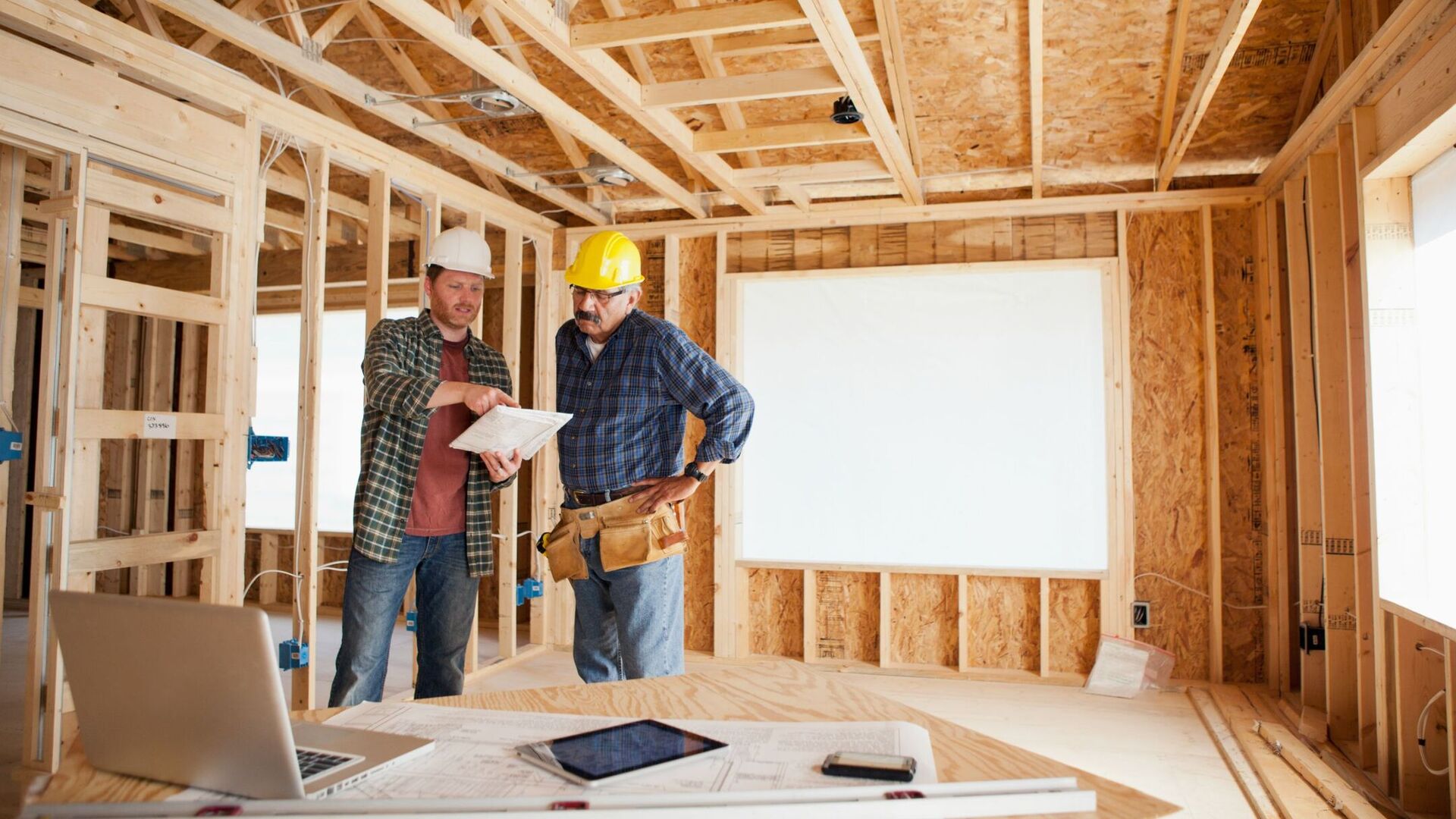
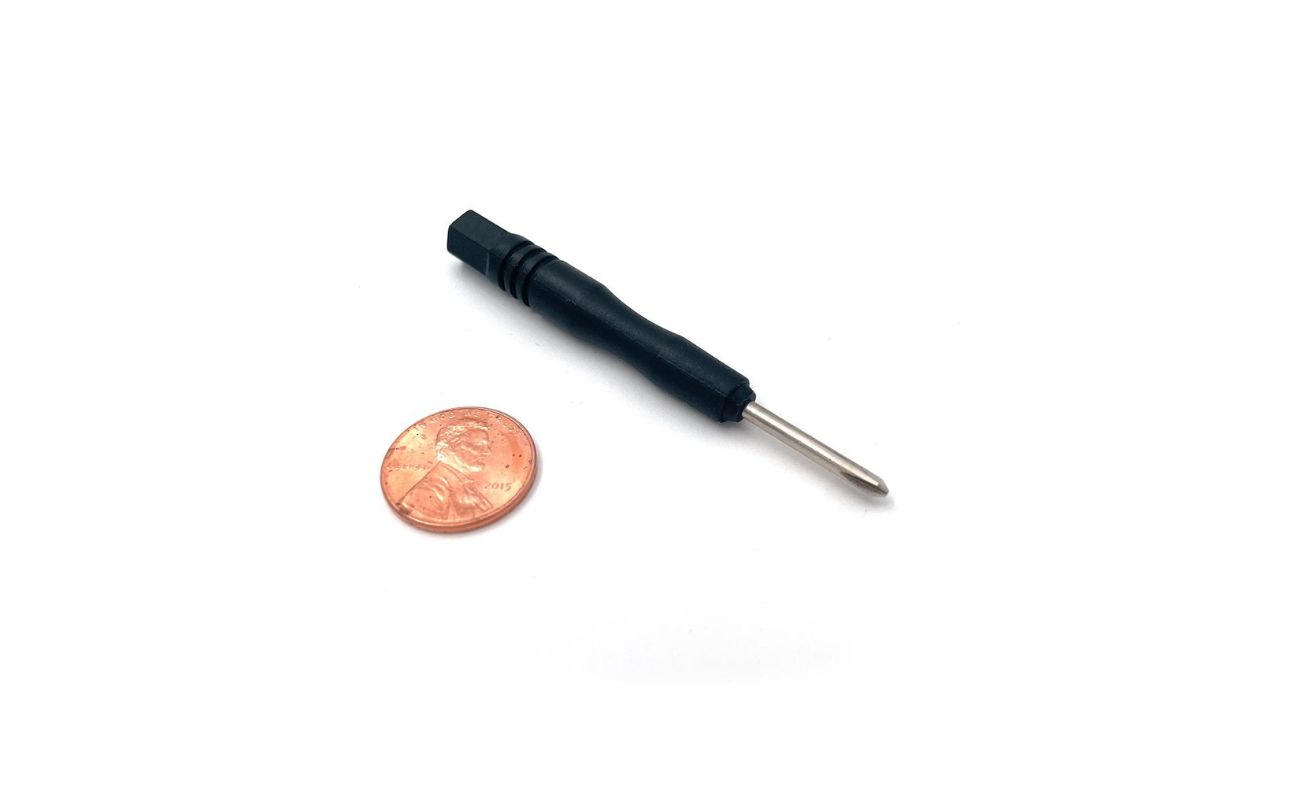


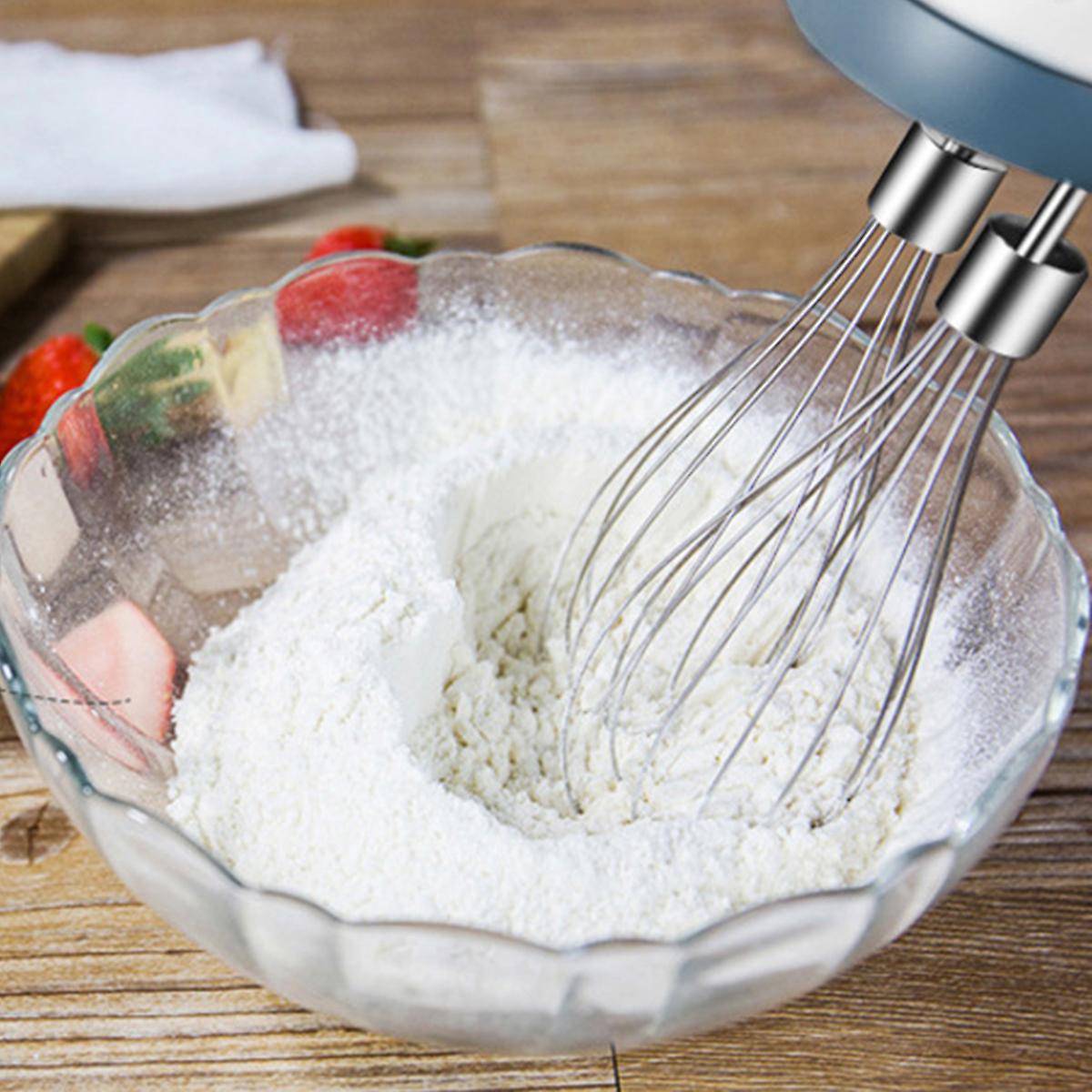

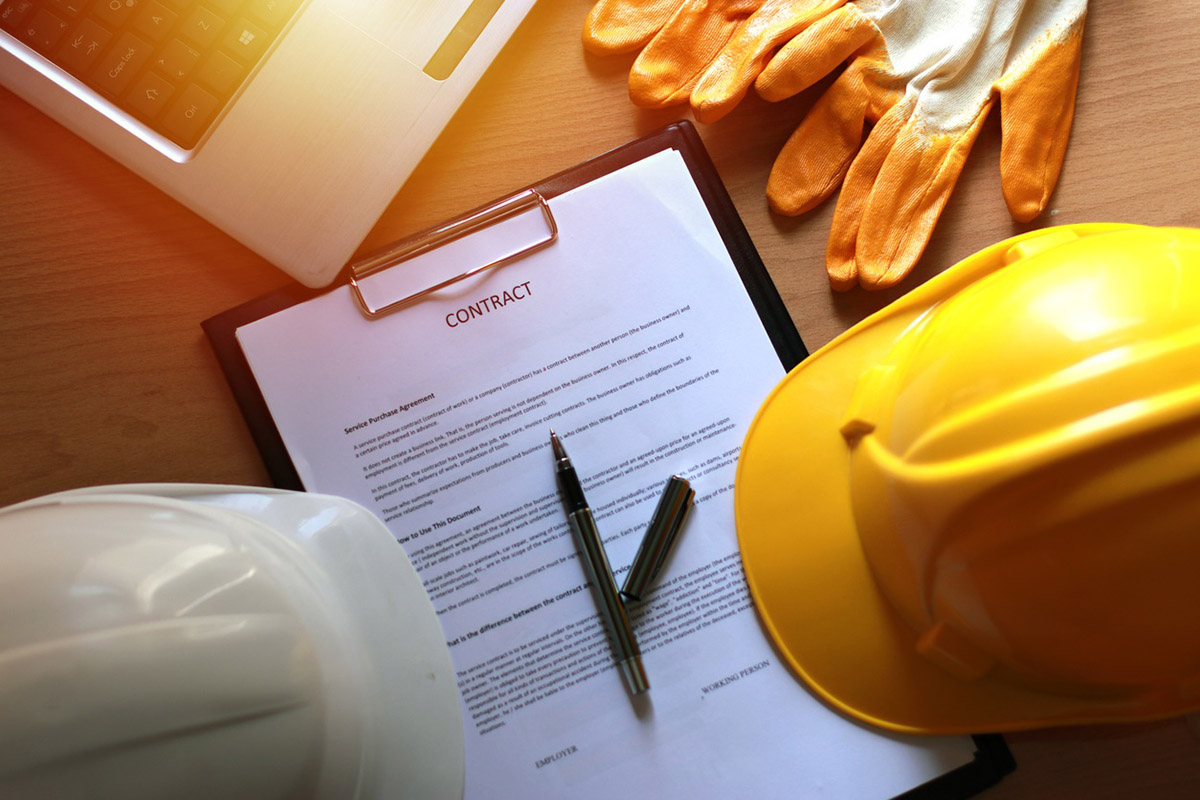
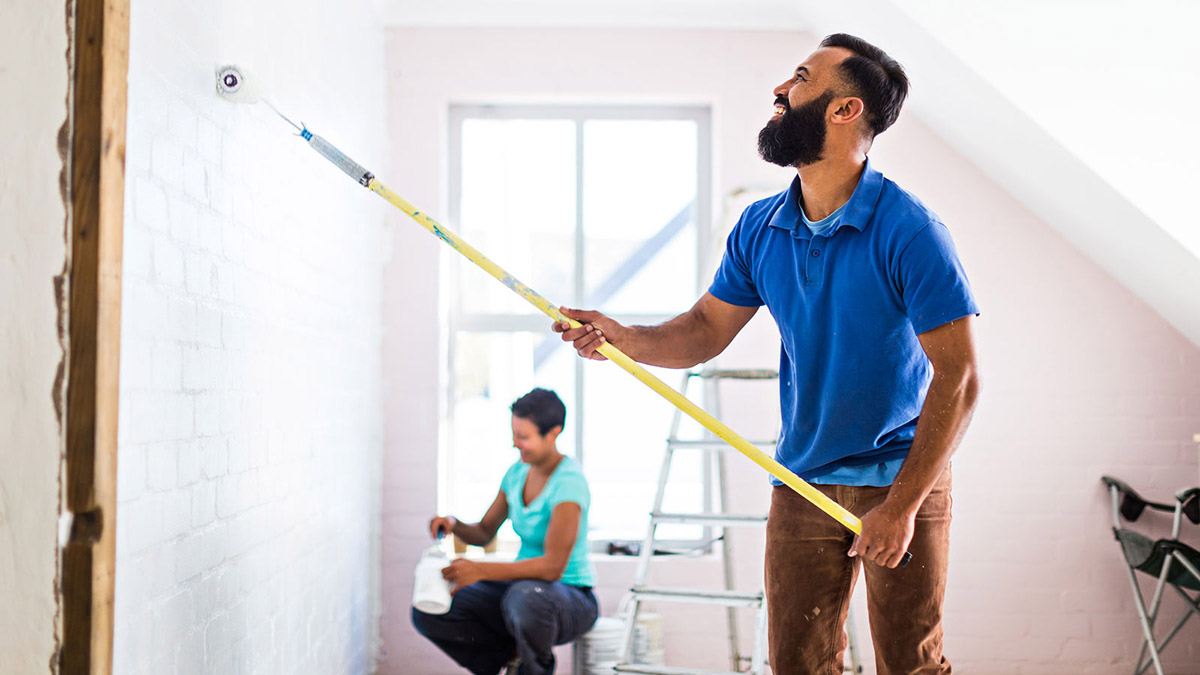

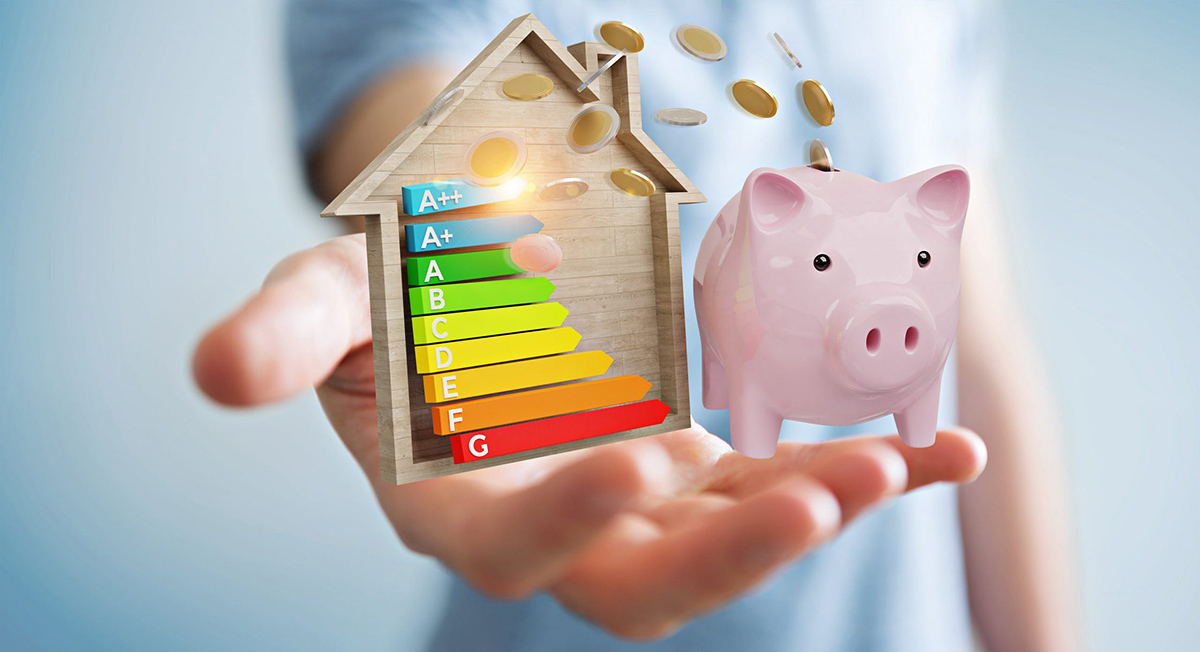


0 thoughts on “What If I Don’t Have Receipts For Home Improvements”